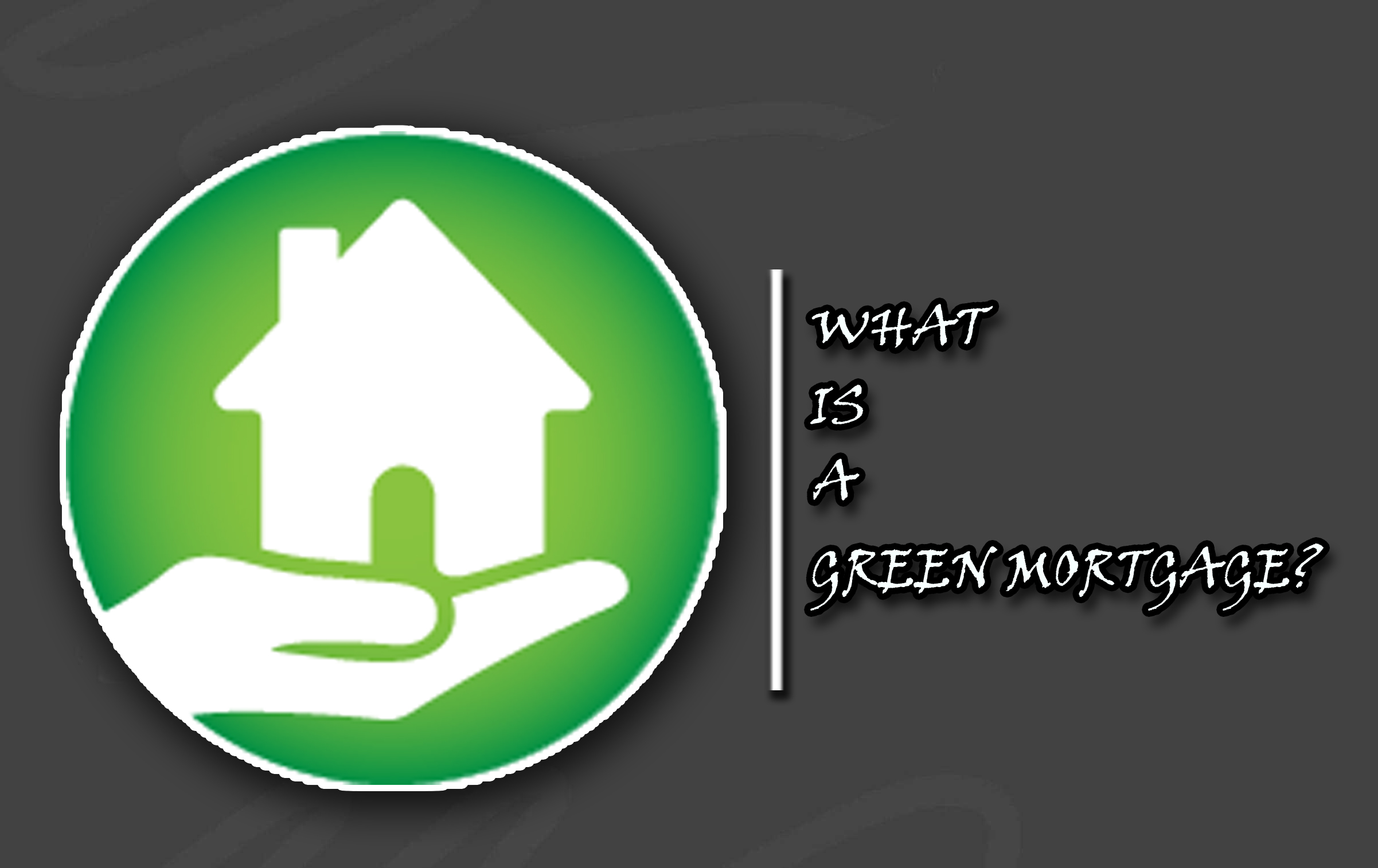
What is a green mortgage? A green mortgage allows homeowners to invest in energy-efficient upgrades while financing their property.

By supporting eco-friendly choices, these loans not only reduce environmental impact but can also lead to long-term savings.
Curious about how a green mortgage works and how it could benefit you? In this blog post, we’ll explore what a green mortgage is about and all you need to know about it.
How Does A Green Mortgage Work?
A green mortgage operates similarly to a traditional home loan but includes specific features that promote energy efficiency.
Borrowers can use the funds to either purchase a property with existing eco-friendly features or to make energy-saving improvements, such as installing solar panels, upgrading insulation, or replacing windows with more efficient ones.
Lenders often provide favorable terms, such as lower interest rates or additional borrowing power, as a way to incentivize sustainability.
These benefits not only help the environment but also lower utility bills for homeowners over time, making green mortgages an appealing option for those looking to reduce their carbon footprint and save money.
Before applying, it’s important to understand the types of green mortgages available, how eligibility works, and the potential savings involved. So, we implore you to read on to be enlightened.
Types Of Green Mortgages
There are two main types of green mortgages. There’s the one of buying or remortgaging an energy-efficient home, and there’s also the one for improving green homes.
For Buying Or Remortgaging An Energy-Efficient Home:
This type of green mortgage allows borrowers to finance energy-saving improvements as part of their home loan.
It is ideal for those buying homes that need energy upgrades or refinancing an existing property to make eco-friendly renovations.
The idea is to include the cost of energy-efficient improvements in the mortgage, which can be done without requiring a higher down payment.
The energy savings from these improvements are expected to offset any additional cost in the mortgage.
For Improving Green Homes:
This type is designed for individuals purchasing homes that already meet certain environmental standards, such as properties built with eco-friendly materials or homes that are LEED-certified (Leadership in Energy and Environmental Design).
These mortgages often come with favorable terms because the property already aligns with green building standards, providing immediate energy savings for the homeowner.
Both types offer long-term benefits, including reduced energy bills and a smaller environmental footprint, making them popular choices for eco-conscious buyers.
Advantages And Disadvantages Of Green Home Mortgage
There are several benefits and drawbacks to taking a green home mortgage, and they include:
Advantages
- Lower Energy Bills.
- Incentives from Lenders.
- Environmentally Friendly.
- Increased Property Value.
- Potential for Government Incentives.
Disadvantages
- Higher Upfront Costs.
- Limited Availability.
- Eligibility Requirements
- Longer Payback Period.
- Complex Application Process
Understanding both the benefits and potential drawbacks of a green mortgage is essential for making an informed decision about whether it’s the right choice for you.
Who Is Eligible For A Green House Mortgage?
To qualify for a green home mortgage, the property must meet certain energy-efficiency standards, like being certified under programs such as ENERGY STAR or LEED. However, some lenders may require a home energy audit to assess the property’s efficiency or identify needed upgrades.
Your financial situation also matters. Lenders will check your credit score, income, and debt-to-income ratio to ensure you can handle the mortgage payments. A stable income and good credit improve your chances of qualifying.
Furthermore, different loan programs, like FHA or VA green mortgages, have specific requirements. Funds from a green mortgage must be used for energy-efficient upgrades like solar panels or better insulation.
Is Green Mortgage Worth It?
A green mortgage can be worth it if you’re focused on saving energy and reducing environmental impact. It can lower your energy bills and increase home value, and some lenders offer better rates for eco-friendly homes.
However, upfront costs might be higher, and it could take years to see savings. If you’re staying long-term and can afford the initial costs, a green mortgage could be a good option.
How To Apply
Applying for a green home mortgage is similar and as simple as applying for any type of home loan. However, if you’re finding it difficult to find the right steps to follow, here is a general guide but a simple step you can follow below:
- Look for competent and good lenders.
- Prepare all the documents you’ll need.
- Fill out your mortgage application.
- Provide the details about the green features of your home and state your financial situation.
- Submit.
After submitting your application, they will review it and conduct an energy introspection and assessment. Then you’ll need to wait for approval.
Once you are through with reviewing the mortgage terms and finalizing the loan, to close it, they’ll require you to pay some fees and the mortgage agreement.
Frequently Asked Questions
Do I Need To Make Energy Upgrades To Qualify?
Not always. If you’re purchasing a home that already has energy-efficient features, you may not need to make any upgrades. However, some lenders may require a home energy audit.
What If I Plan To Move Soon?
If you plan to sell your home soon, a green mortgage may not be as beneficial since it can take time to see the savings from energy-efficient upgrades. Consider your long-term plans before applying.
Can I Use A Green Mortgage For Renovations?
Yes, green mortgages can be used for renovations that improve energy efficiency, such as adding insulation, installing solar panels, or upgrading appliances.
How Do I Find A Lender That Offers Green Mortgages?
Many lenders offer green mortgage options, but it’s best to shop around. Look for lenders that specialize in eco-friendly financing or check with local banks and credit unions.Top of Form